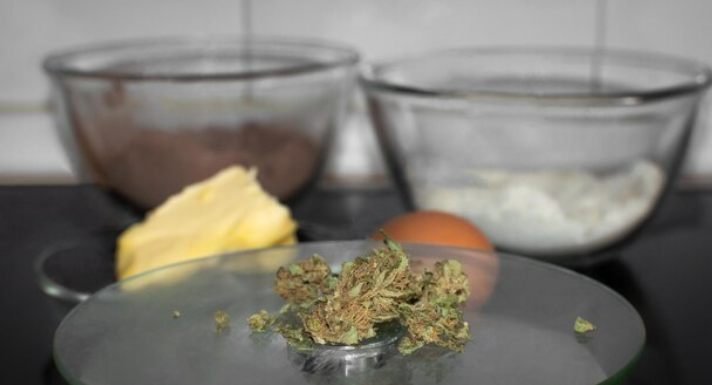Growing cannabis is an art form that goes beyond just planting and harvesting. Enhancing the flavor and potency of the finished product is mostly dependent on the drying and curing processes that occur after harvest. To promote the best possible production of terpenes, cannabinoids, and overall quality, these crucial phases require keen attention to detail, perfect timing, and advantageous environmental factors. This article will discuss the nuances of drying and curing cannabis, highlighting their importance in the pursuit of an improved product.
1. The Importance of Drying Cannabis
The first important stage in getting cannabis ready for ingestion is the drying process. The moisture level of the harvested plants decreases during this phase, which sets off a series of chemical processes within the plant material. Drying is a delicate dance that affects the preservation of terpenes, cannabinoids, and other sensory qualities. It is not just about removing water from the material.
The integrity of the finished product can be jeopardized by mold and mildew growth, which can be avoided by properly drying the material. Furthermore, a systematic and gradual drying procedure enhances the transformation of cannabinoid acids into their active forms, such as THC and CBD, hence maximizing the psychotropic and medicinal attributes of the plant.
2. Curing: The Culmination of Quality
Cannabis moves from a botanical specimen to a refined product when it reaches the curing stage after the drying process. Dried buds are kept in airtight jars, usually constructed of metal or glass, in a cool, dark environment during the protracted curing process. During this phase, the chlorophyll might continue to degrade, which will further enhance the cannabis’s flavor and aroma.
Curing is an exacting procedure that requires regular observation and modification; it is not just a waiting game. A constant curing environment is ensured, and undesired compounds are prevented from developing by periodically opening the containers to allow for air exchange. While preserving the product’s integrity, this regulated air exposure promotes the continuous production of terpenes and cannabinoids.
3. Patience: A Virtue in Cannabis Curing
One cannot overemphasize the necessity of patience in the curing process. The first drying phase lays the groundwork, but the second curing phase brings the cannabis to its peak and maximizes its potential. Longer curing produces a more balanced and powerful experience, as well as a smoother smoke and increased taste.
The cannabinoid alteration proceeds during the curing process, resulting in heightened potency and a more complex high. The slow release of the moisture that has been held in the buds makes smoking or vaping more enjoyable overall by resulting in a smoother burn with less harshness.
4. The Role of Terpenes in Flavor Enhancement
Cannabis’s aromatic chemicals, or terpenes, are essential to understanding the plant’s distinct flavor profile. These ephemeral chemicals are best preserved and emphasized by drying and curing. A sensory experience that surpasses the mere differentiation of strains is created by the deliberate release of terpenes during the curing process, which adds to the complexity of the aroma.
One of the most interesting aspects of growing cannabis is the interaction between terpenes and cannabinoids. Gazzurple strain seeds, for example, have a unique proportion of these chemicals, which control the overall flavors and effects. By carefully controlling the drying and curing processes, these delicate terpenes are preserved, enabling users to fully enjoy the diversity found in the cannabis plant kingdom.
5. Environmental Factors: Nurturing the Strain
Growing the strain requires growers to be mindful of environmental conditions at these crucial stages, just like any other strain. The features of the strain, whether in scent, flavor, or strength, can be amplified with a thorough approach to drying and curing.
Preservation of the unique characteristics of the strain is facilitated by ideal drying and curing temperature and humidity levels. The optimal blend of the strain’s natural characteristics and the surrounding environment is carefully balanced to allow users to fully experience and enjoy the unique attributes that set the strain apart.
Conclusion
Several careful steps are involved in the cannabis growing process, from harvesting to cultivation, and each one affects the quality of the finished product. Cannabis drying and curing are not only practical but also creative tasks that need patience, meticulous attention to detail, and a thorough understanding of the chemistry of the plant. The importance of drying and curing cannabis will only be recognized more as the cannabis community develops, allowing enthusiasts to fully enjoy the range of aromas and effects that this remarkable plant has to offer.

